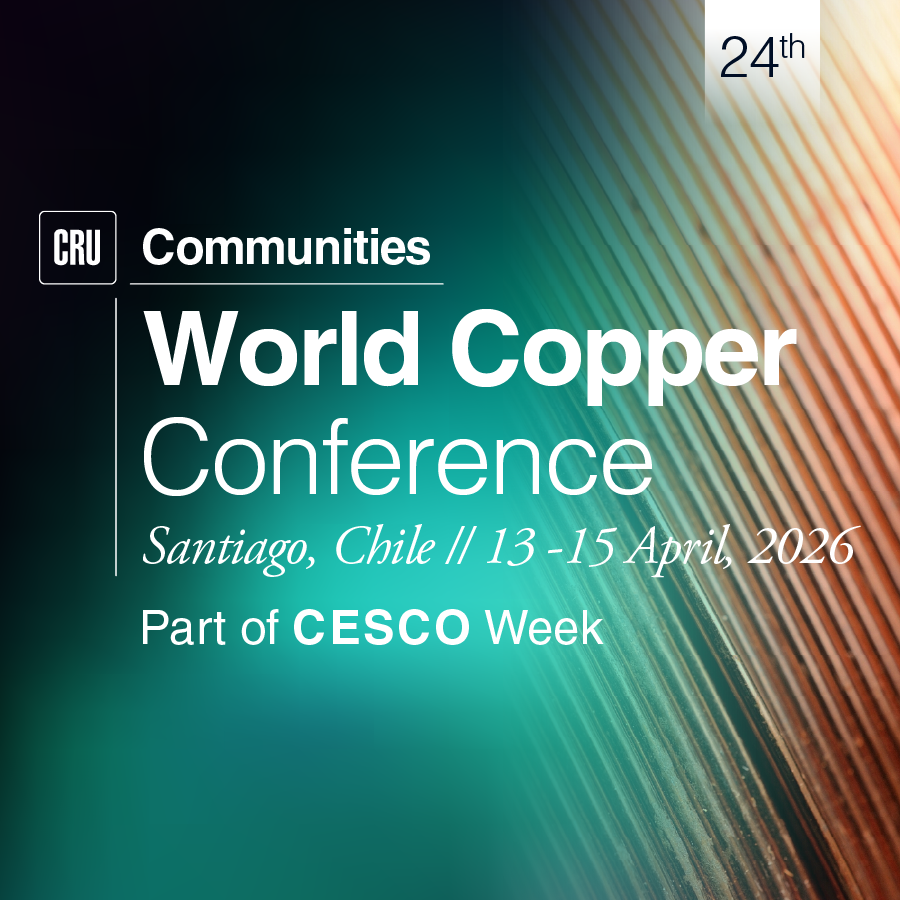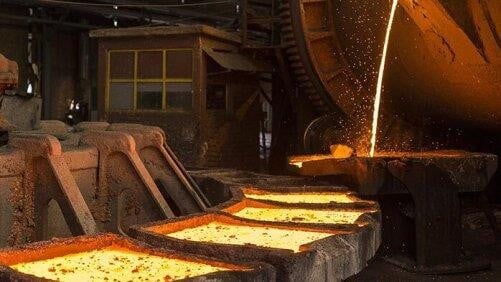CRU's 2017 Copper Mining Cost Model, released last week, indicates that Cash Costs Including By-Product Credits fell for the third consecutive year in 2016 since reaching an all time peak in 2013.
We estimate that Cash Costs Including By-Product Credits fell by 13% y-o-y at the average copper mine and are down 20% since 2013. This represents the fastest rate of annual decline in at least 25 years. The fall in costs at the 90th percentile mirrored this trend, declining by 11% y-o-y. What's more, the marked cost reduction comes in spite of a 6% contraction in by-product credits.
Similarly to 2015, a supportive macroeconomic environment helped to drive costs down, in particular the strong US dollar and low oil prices. However, in contrast to 2015, we observed mining companies taking a much more proactive approach to cost-cutting, faced with falling profit margins, increasing scrutiny from investors and, in some cases, the threat of shutdown. Throughout the course of 2016, we saw mining companies taking a range of soft and hard cost-cutting measures, from optimising production processes to headcount reductions.
Despite the copper mining industry's improved cost position in 2016, weak copper prices, especially in the first three quarters of the year, constituted an ever-present threat to the higher cost producers. Our data indicates that at the average 2016 LME Cash copper price of $4,862/t, approximately 11% of copper mine capacity was cashflow negative. This figure rises to 15% at the price low of $4,311/t recorded on 15th January 2016. However, at the average December 2016 price of $5,666/t, less than 7% of capacity was under water.
Overall, we witnessed far fewer price-related mine shutdowns in 2016 compared with 2015. This is the consequence of a pick-up in the rate of cost deflation in conjunction with a more stable copper price environment. We estimate that at the 2015 price-trough of $4,516/t, over 20% of copper mine capacity was cashflow negative, with prices encroaching on the flattest section of the cost curve. Our historical analysis suggests that prices need to fall below the 80th percentile mine to trigger a pronounced supply response, which was not the case in 2016. In addition, much of the capacity at the top end of the cost curve is either state-owned, subsidised, or supported by its owners' more profitable ventures. As a result, it is not responsive to price movements.
CRU's Base Metals Cost Model is the only service available that provides independent and detailed cost breakdowns for 100% of global supply of copper, nickel, lead and zinc.
Our service is unique in covering 100% of base metals supply in China and does so in greater detail than any other provider - e.g. our Copper service has 68 profiles for Chinese supply compared to 18 from our closest competitor.
The primary research conducted by our analysts in CRU's global offices means we can provide the only truly complete cost curve coverage in the market and our 100% coverage then breaks down to individual cost profiles for over 600 operations around the world to allow the benchmarking of specific operations.
We invite you and your colleagues to view a demo of the service so our analysts can show you how our unparalleled suite of cost models can support your assessment of individual assets, companies and the wider markets. You can view a demo to one of the models or to the full base metals suite.
















